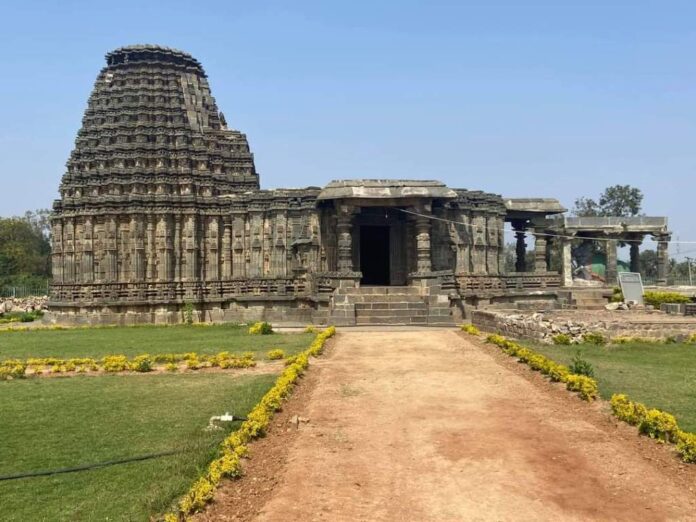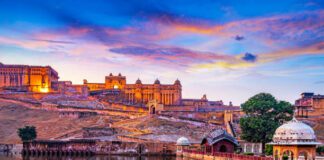The Doddabasappa Temple
The Temples of India are embodiments of devotion towards god through supreme knowledge systems deeply engraved in our Indian Ethos. Let us understand the complexity of the doddabasappa temple in Karnataka.
The Doddabasappa temple is a 12th-century Western Chalukyan Architectural temple in Dambal, Karnataka. The sanctum contains a Shiva linga, the symbol of the presiding deity, God Shiva. The temple interior is a standard construction and consists of a shrine (cella), a vestibule (antarala), and a main mandapa (also called navaranga or hall). The temple is based on a very original 24-pointed uninterrupted stellate (star-shaped) plan and uses soapstone as its primary building material. Contemporary stellate plans of the Bhumija shrines in central India where the inspiration for this temple came from, were all 32-pointed interrupted types. No temples of the 6-, 12-, or 24-pointed stellate plans are known to exist in Karnataka or Maharashtra, except for the Doddabasappa temple, which can be described as a 24-pointed uninterrupted plan.
The Doddabasappa temple marks the mature development of Chalukyan art which originated from the basic Dravida architecture of South India. Its departure from the conventional Dravida plan used in the Virupaksha temple in Pattadakal is so extreme that it would be difficult to find similarities without a detailed examination. The entrance to the sanctum is elaborately decorated on either side with floral designs containing tiny images of dancers, musicians, and even a mithuna couple (Gemini). In the main mandapa (hall) there are three images, one of the “five-headed” Brahma and his vehicle (vahana), the goose, and two images are of Surya, the Sun God.
Also Read: Amazon’s Bedrock: Redefining Generative AI with Llama 2 Integration










